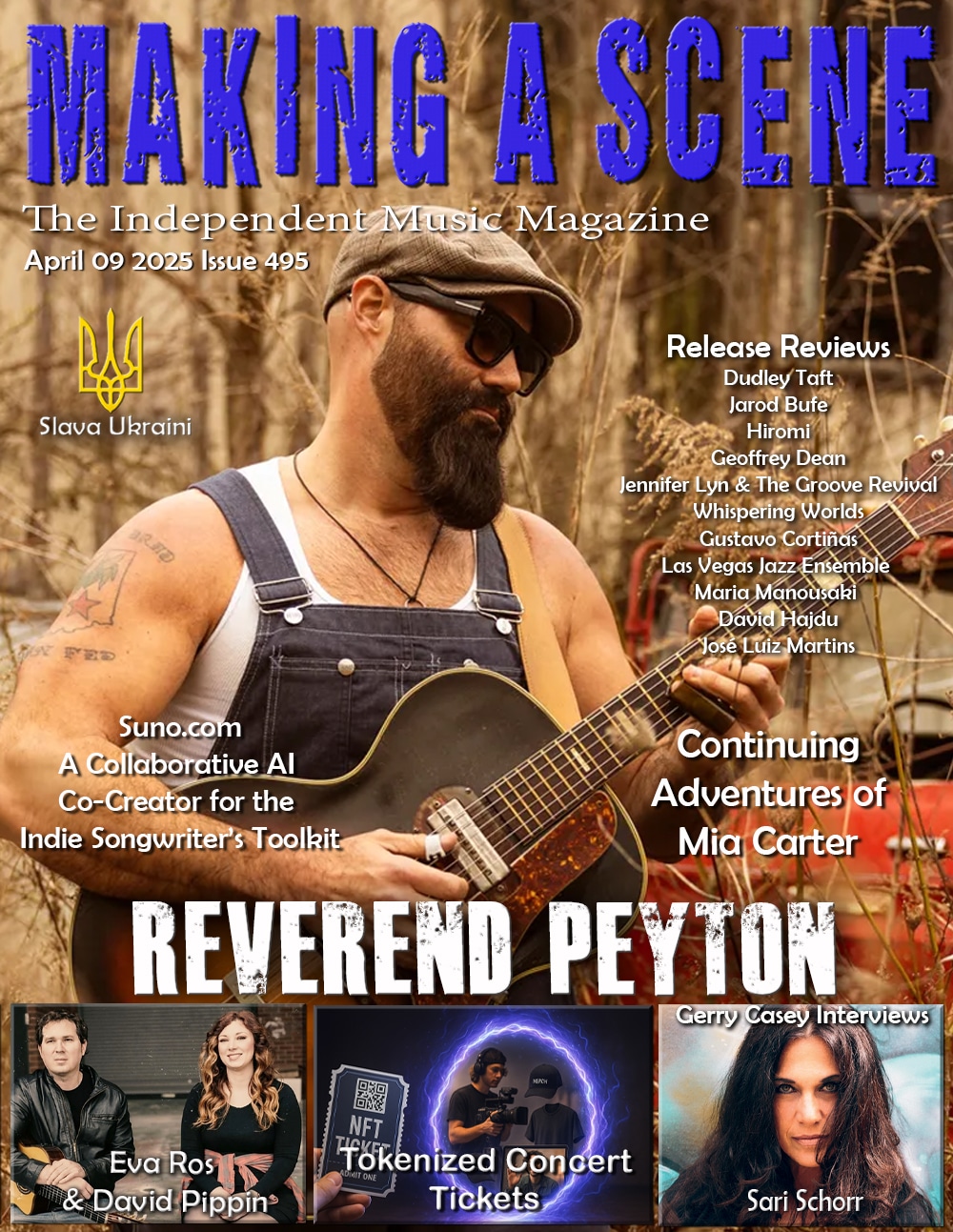Don’t Fear EQ Boost

Many audio textbooks, audio schools, and audio engineers will advise you that it’s always best to attenuate rather than gain an EQ control. This has traditionally been considered best practice in the industry for two main reasons.
- With most EQs, especially analog EQs, adding gain to a band causes an audible phase shift in the signal[1]. This sounds like a ‘ringing’ of sorts, generally very subtle but most pronounced when boosting with a narrow Q. This is why it’s also commonly suggested that EQ boosts should be done with a wide Q or shelf. The effect becomes less prominent the wider you set your Q, so if your goal is the most natural-sounding reproduction of the original performance, then using wide Q for boosts is a good guideline to bear in mind.
- Back in the days of magnetic tape, there was the issue of the noise floor. Adding gain to any frequency would also boost the noise that was present at that frequency. This could present problems, especially when EQ boosts were combined with compression.

PHASE SHIFTS REPRESENTED BY THE ORANGE BAND
So, there are good reasons to favour attenuation. However, boosting EQ still sounds good sometimes. As the old saying goes: if it sounds good, it is good.
In the digital realm, the noise floor is practically nonexistent, so an EQ boost adding noise isn’t really much of an issue. A phase shift on a single source, relative to nothing, is a pretty mild side effect and doesn’t always sound bad. In fact in many instances, boosting EQ in certain ways often makes the record! For example, that sparkly pop vocal sound usually involves a top-end boost.
So go ahead and boost some EQ knobs when it helps the track. Learn the difference in sound between an EQ boost and an EQ cut, so you know when and where to use each. Don’t limit yourself to only half of the tool.
Here are a few examples of when I might use an EQ boost vs. an EQ cut.
Vocals:
- BOOST: A little bit of top-end with a hi-shelf (around 10 to 16 khz) will often make them sparkle.
- BOOST: Sometimes adding a bit of low midrange (100 to 300 hz, give or take) will bring out the warmth of a singer’s voice.
- CUT: Cutting around 500hz will often help reduce any nasal tones.
- CUT: A dip in the sibilance around 5 khz will help with the harsh esses.
Drums:
- BOOST: A bit of midrange (1 to 3 khz) on kick drums will bring out the attack.
- BOOST: Snares seem to like a bit of 200 hz.
- BOOST: Adding highs to overhead mics (5 to 10 khz) can really help the snare and cymbals cut through the mix.
- CUT: I like to cut a bit of harshness out of the hi-hats/overheads, often around 4khz, and a bit of low midrange, maybe 300hz to 400hz to reduce some of the boxiness.
Bass Guitar:
- BOOST: Boosting some low mids, around 400 to 500 hz tends to be the sweet spot for my ears, as this can help give the bass some definition in the mix by bringing out the harmonics.
- CUT: It usually requires some finessing to make the bass and kick drum fit together ― if you’re boosting bottom-end on the kick, try cutting the same frequency out of the bass.
Of course, all of these frequencies are approximate, so adjust to your own taste. Try out some of these ideas as a starting point and develop your own sound.
So don’t fear the EQ boost. The knobs go both ways for a reason. The usual cautions apply of course: boosting the same frequency on multiple tracks can cause a buildup, boosting with a wide Q will tend to sound more natural than a narrow Q, and beware of rumble and noise. Also, if you’re using an EQ in parallel, the phase issues caused may become more noticeable, even at wider Q widths, as EQ will affect the phase relationship between your wet track and your dry track[2].
Happy Mixing!
Neal Miskin is a producer, engineer, singer/songwriter, and live sound engineer based in Vancouver BC. You can check out Neal’s music at https://nealmiskinmusic.bandcamp.com
[amazon_link asins=’B004X4Y1L8,B00KBXIOCC,B001QTV4JA,B0117DB5TI,B004LLV04E,3959828292,B00XNOJPYC,B00N3FAPYU,B00WARLG8G’ template=’ProductCarousel’ store=’maasc-20′ marketplace=’US’ link_id=’315a0dfa-1b7c-11e8-8f1c-93cddf49ad90′]
Discover more from Making A Scene!
Subscribe to get the latest posts sent to your email.













































